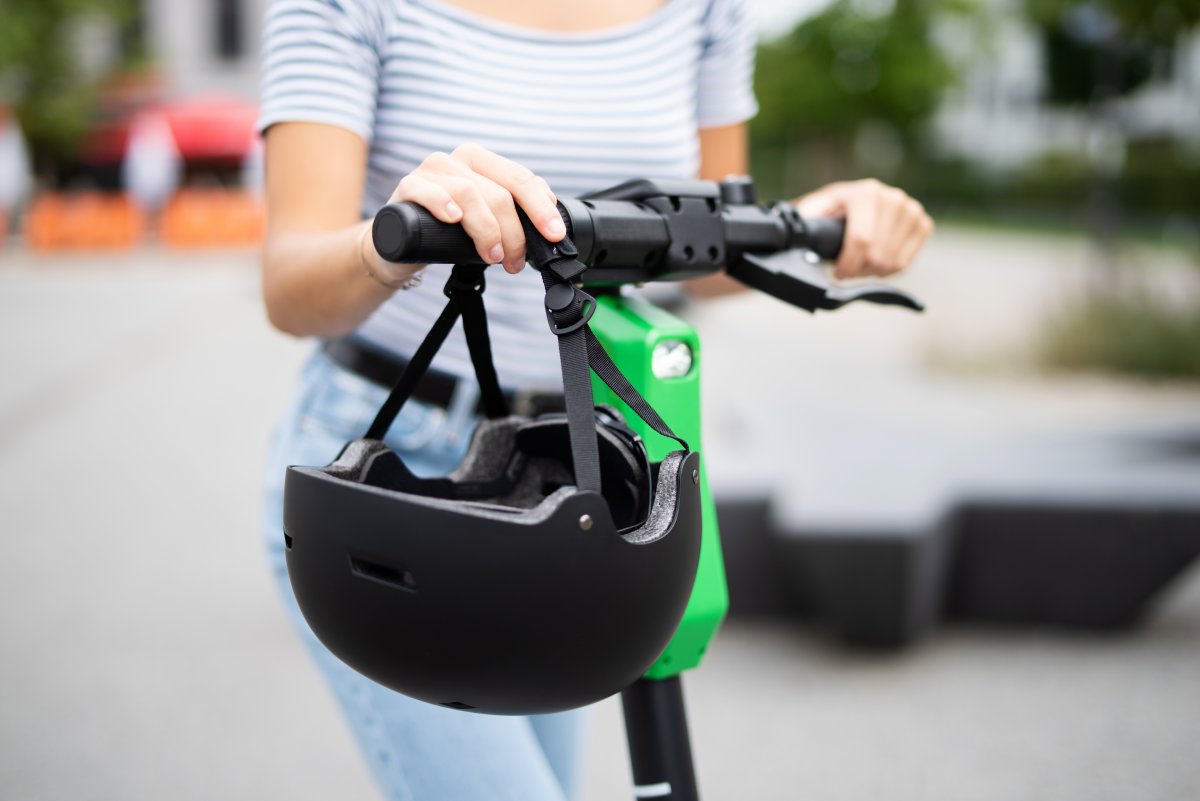Elektrorollerfahrer verursachen teils absichtlich gefährliche Situationen
Elektrorollerfahrer verursachen teils absichtlich gefährliche Situationen

www.heise.de
Elektrorollerfahrer verursachen teils absichtlich gefährliche Situationen

Elektrorollerfahrer verursachen teils absichtlich gefährliche Situationen

Elektrorollerfahrer verursachen teils absichtlich gefährliche Situationen
